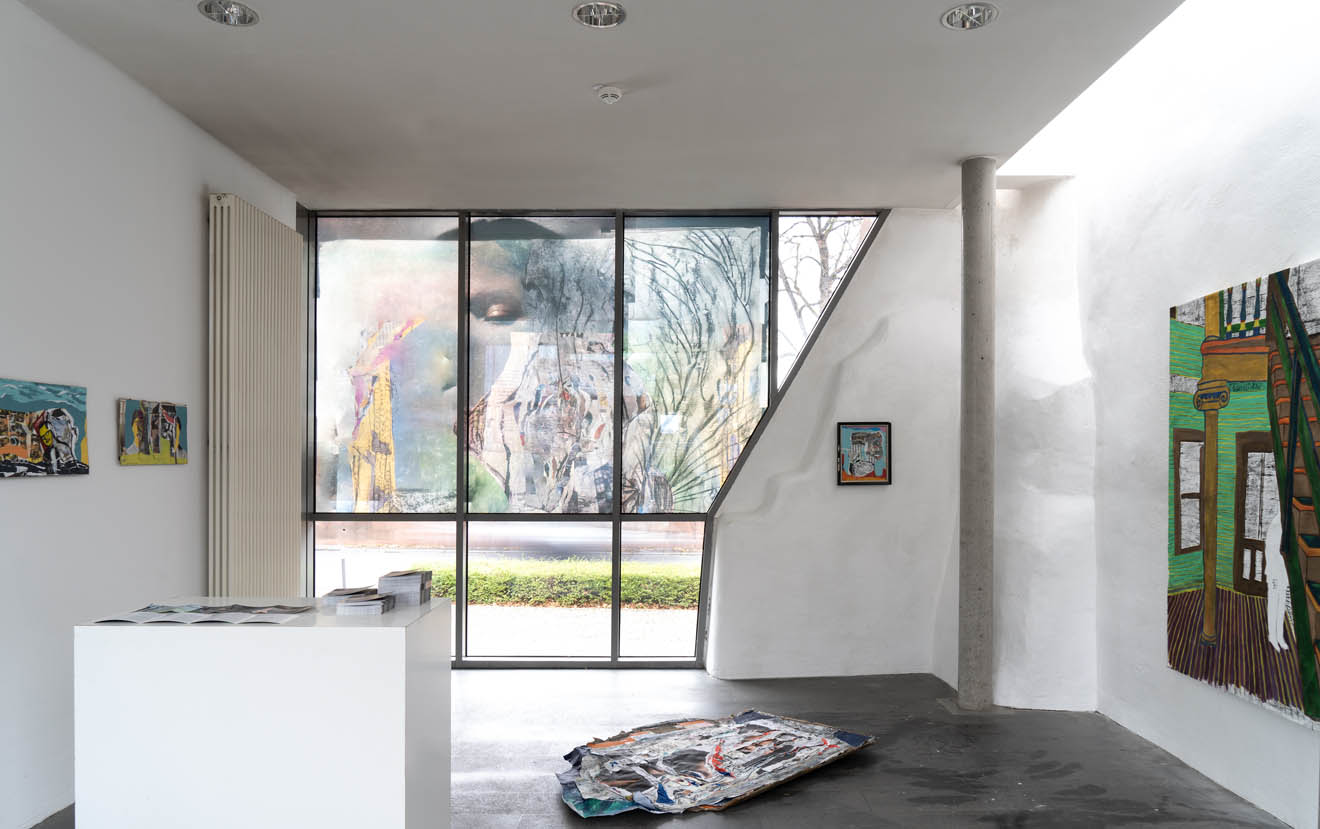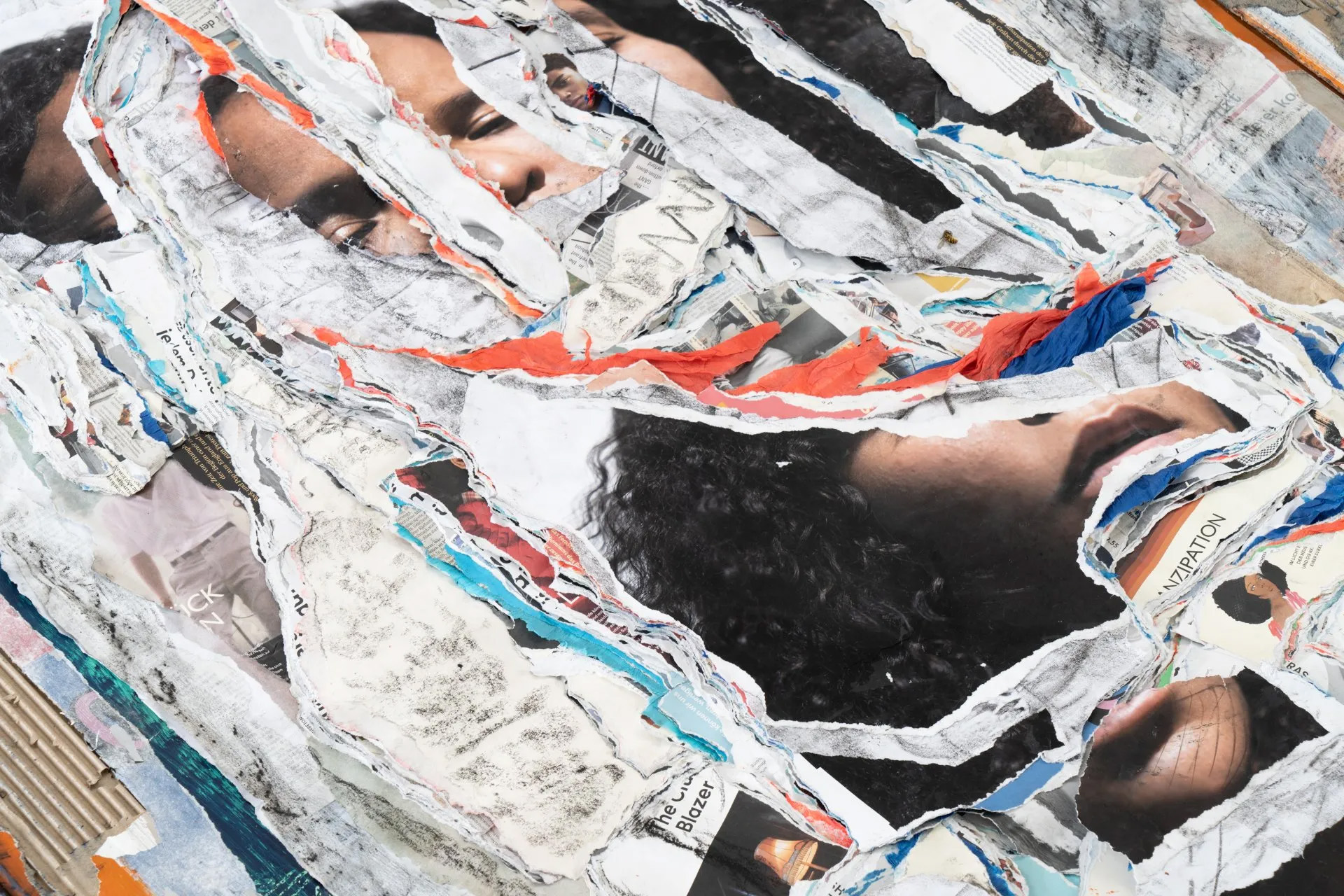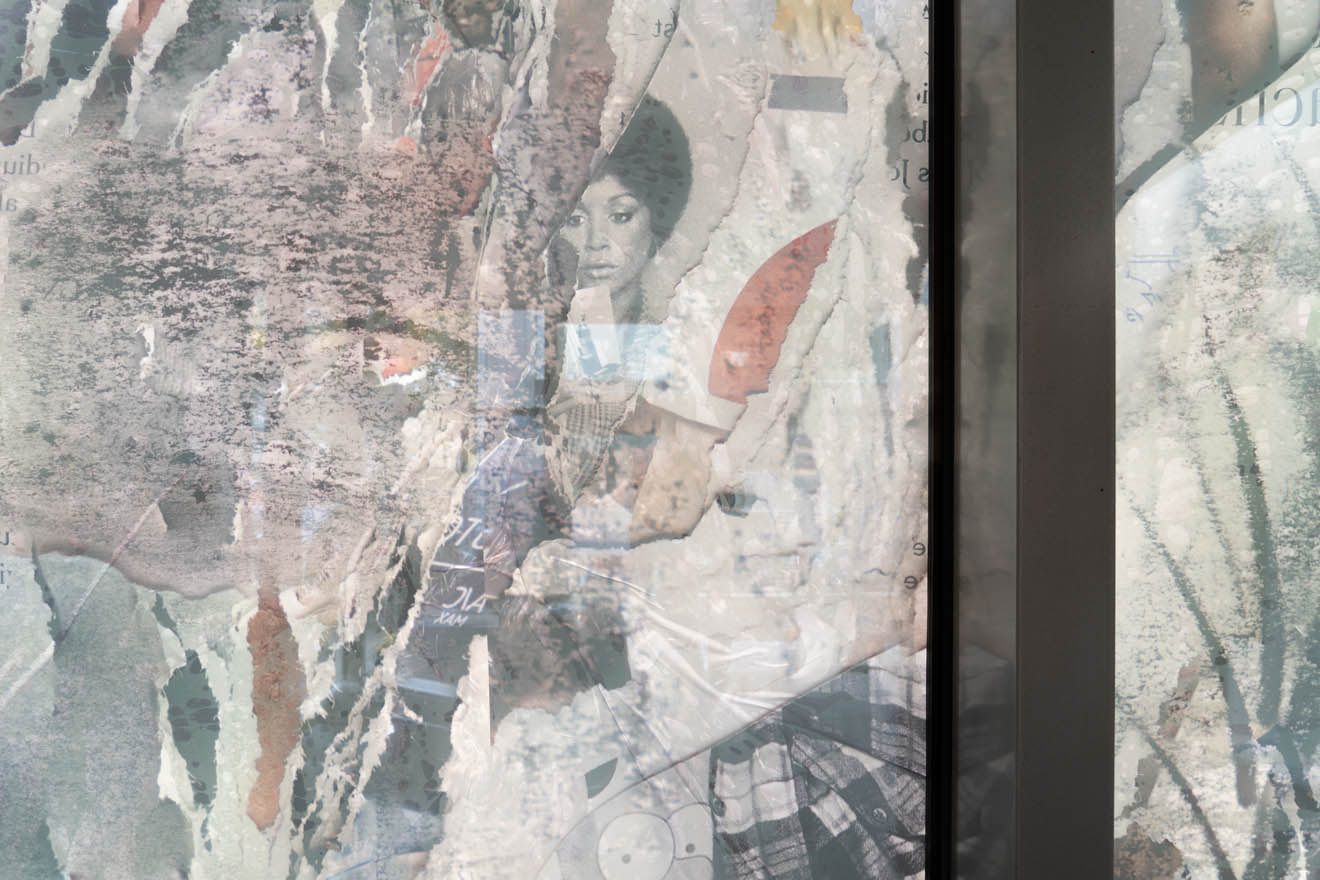hybridized
2021
Ai-calculated images based on paintings and photography
in cooperation with Armin Amiri (painter), curated by Ben Livne Weitzman
The exhibition of Verdiana Albano and Armin Amiri takes on the question of the self-preservation of civilisation, then, in an eschatological way.
The artist has visualized the wall from which humanity is desperately trying to escape. The third collection of the artist shares the question of historical continuity and the prevailing racism.
In other words, these artists perceive reality from a number of different perspectives, of course none of which takes the form of a judgement. If anything, by focusing on these issues, these artists are looking for reconciliation. There is no doubt that their artwork offers hope for a more peaceful future.
By allowing a machine to read, interpret and fuse their works, the artists have committed to the notion that even in their art, there is room for subtext. This practice, they believe, is the basis for the democratization of culture.
As for the poor depictions of the world, these pieces present visions that the ignorant might not be able to read without the aid of a machine. As for the plagues, these depict the warning signs of the collapse of civilisation. In other words, the artists, while they might not be able to reflect society with a human-centred lens, have at least, as they state, allowed a machine to.
![exhibition view: hybridized, ai generated maxiprint on a window]()
![exhibition view: hybridized, ai generated maxiprint on a window, paintings and collage]()


When I look at these hybrid works of art in which Verdiana's photographs and Armin's paintings were fed into an AI system that blended them together, I cannot help but thinking of a computer as a marvelous and autonomous (but also biologically implausible) laboratory in which the paintings, sounds, smells, etc. of the computer's digital world can play out a different pattern each time it learns from its predecessors. Here, a new aspect of artistic creativity and design — something that has eluded AI for years — has been produced and processed, not by a human, but by software. These artworks come to life.
Except for this: This very uniqueness, this singularity, is what makes the works and the process unique. It is what makes them interactive. The artist and the computer scientist might be in some sense merely two members of a collaboration, but they, like the MOCAD audience, cannot do without each other. No one enters a museum expecting to see some crazy video, but Verdiana's brightly colored animations and Armin's computer-sculptures live in real time in the exhibition space, interact with each other, react to the museum-goers, and are fixed in this strange new hybrid world.
* This text was produced in collaboration with InferKit’s AI text generation tool based on three sentence fragments suggested by the curator.
Ben Livne Weitzman





